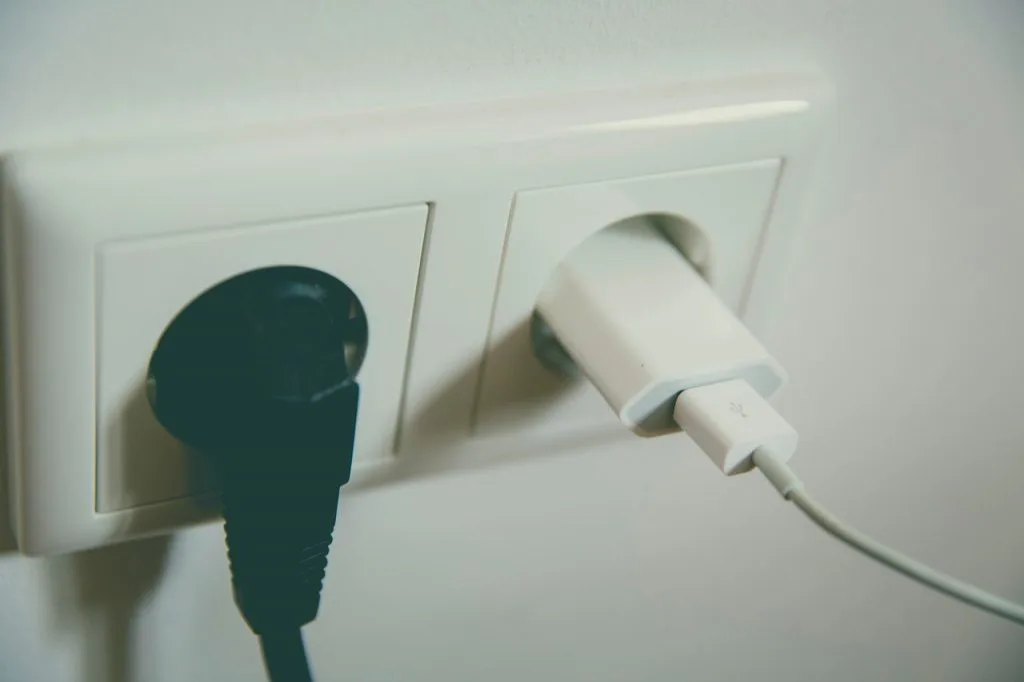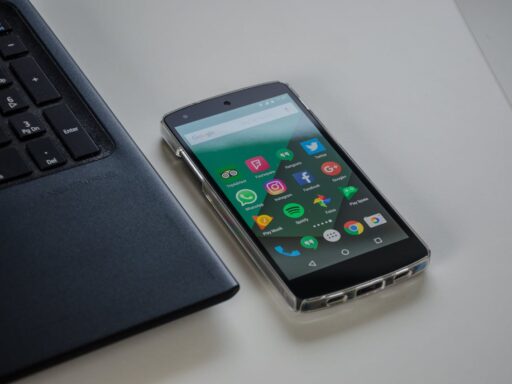Being an educated electricity consumer ensures one is better informed and educated about the ins and outs, highs, and lows of the energy department. This also ensures that, in the end, a well-educated user would make better and smart choices about his/her electricity consumption. Besides, it becomes easier for the user to manage his/her electricity reading and at the same time keep track of it.
The article is specifically targeted to quench the thirst for knowledge. Moreover, going on step by step would ensure that by the end, the reader is well aware of the technicalities faced while reading the meter and how to be a vigilant electricity consumer.
What is an Electric Meter?
Situated mostly at the exterior of one’s home, the electricity meter at first glance is a mere junction of various electrical devices. The box serves the main purpose of displaying monthly power consumption in Kilowatt-Hours or KWh. Another important physical aspect of the electricity meter is, it is embedded with a special identification number assigned and allocated by the local electricity department for specific recognition purposes.
Primarily, electricity meters are installed, monitored, and maintained by utility companies, and it’s their job to show up by the end of the month and provide the user with electricity bills based on installed meter readings. The process could also be done remotely in one swoop in the case of digital meters. Here, the readings are later sent to local energy distributors of the area to generate electricity bills based on meter reading, tariffs, and surcharges.
However, just because the meter reading is tracked down by utility companies, it nowhere limits a user to pen down on his own the monthly meter readings. Besides, keeping track of it prevents a vigilant user from steering clear of any scams, penality, and false charges.
Also read: Smart Home Devices for Saving Money and Energy
Breaking down a Smart Meter
With the era of digitalization, more and more companies thorough out the globe are adapting digital devices over analogue. The previously common analogue-style electricity meter are now better equipped with the latest technical up-gradation and are known as AMS or Advanced Metering System. Having one installed has a direct impact on the budgets of utility companies. With the latest AMS, it allows generating bills online without any physical visit to the user’s house. This means companies are now better equipped to lower consumer costs and respond well to a power outage.
Although the same maintenance and ownership responsibility still holds towards the user, it’s just currently everything feels much more convenient for utility companies like CHINT Electricity Meter, who have been manufacturing electricity meters for quite along.
How to Read the Meter Screen
One should never be mistaken with several other details displayed on the meter. Tracking the monthly meter reading is a straightforward process. All one needs to know the meter reading is always displayed by KWh abbreviation at the end. One won’t notice any such abbreviation corresponding to date, time, and status readings. The one with such abbreviation would be energy unit readings.
Let’s better understand with an example:
Usually, the meter reading is displayed since the time meter was first installed or by the time it reached its limit and performed a self reset after 99999 to 00000. So in the case where the meter reading is flashing as 55,787 KWh, it means by the time meter was installed, 55,787 are the total consumed units.
Estimating Your Energy Usage
Many people get panicked, realizing that 55,787 KWh are the total billed units for a month. But contrary to this, the number represents total consumed units since the date meter was first installed.
To precisely know about the monthly billed unit, a user might need a recent electricity bill issued by a utility company or a record of the previous month’s energy readings. For our purposes, suppose the previous month’s energy readings were 55,687, and the present readings are 55,787.
Therefore, 55,787(current readings)- 55,687(previous month reading) = 100 KWh. These are the actual units consumed for a particular month, and one would be billed for these 100 units.
Also read: Top Benefits of Getting LED Neon Lights
Conclusion
We understand the pain it is to keep track of previous readings. Isn’t there an app that could digitally keep track of all this? Unfortunately, at present, we are limited by options, and the best of all is physically looking at the meter readings regularly.






